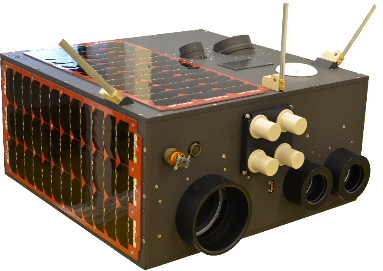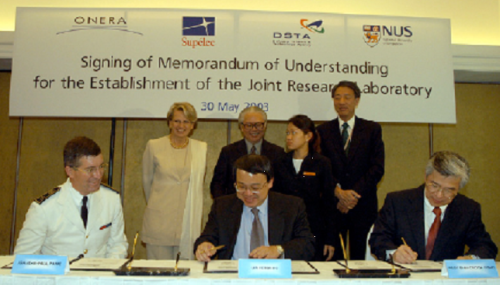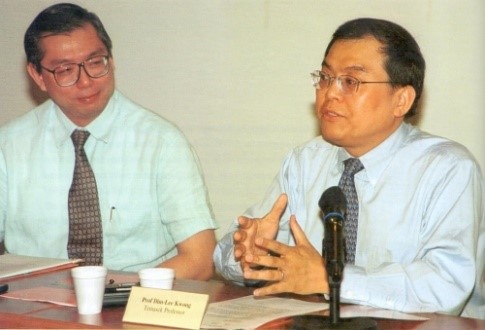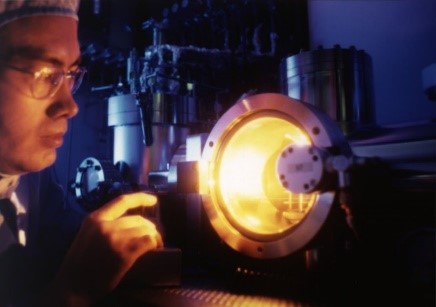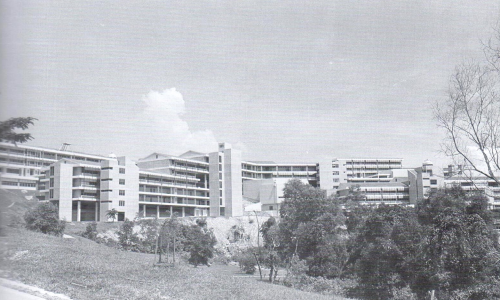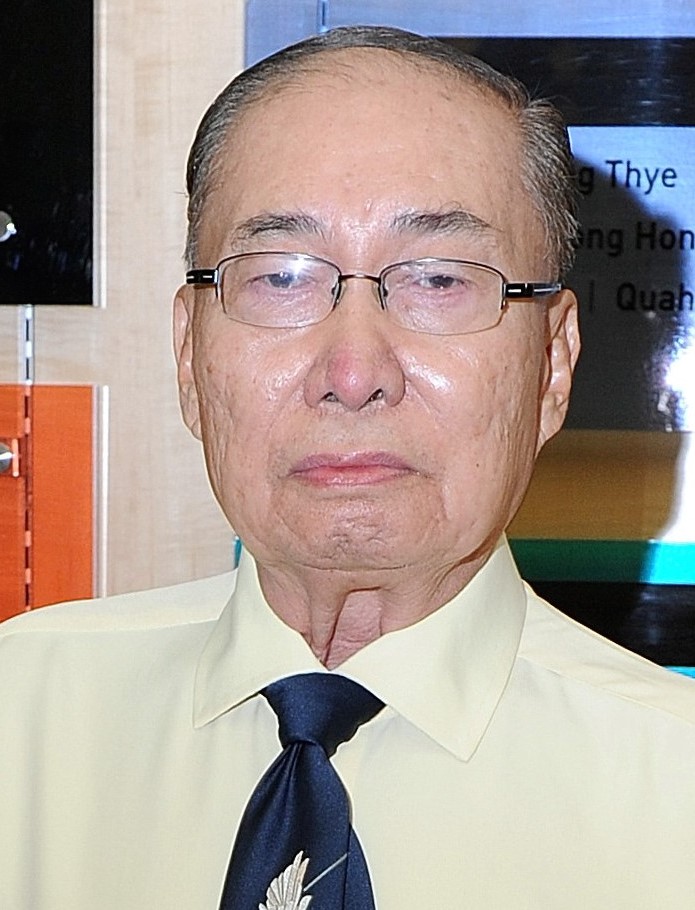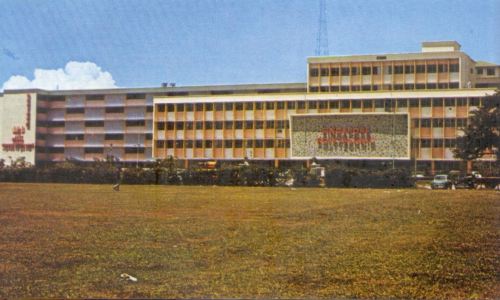Our History & Milestones
| 2024 | The MSc (STO) self-funded programme catering to both full and part-time students was launched in August 2024.
*MSc (STO) refers to Master of Science (Semiconductor Technology & Operations) |
| 2022 | The MSc (Computer Engineering) self-funded programme catering to both full and part-time students was launched in August 2022.
The MSc (Electrical Engineering) programme was converted to a self-funded programme with effect from August 2022. |
| 2015 |
NUS Engineering team led by ECE professors sent its first two satellites, Galassia and Kent Ridge 1 (KR-1), into space on 16 Dec 2015. They were among six Singapore satellites that were launched together into a near-equatorial orbit from Satish Dhawan Space Centre in Andhra Pradesh, India, by the Indian Space Research Organisation’s Polar Satellite Launch Vehicle (PSLV-C29).
|
| 2009 | The ECE undergraduate Computer Engineering Programme which started in 2000 became a programme jointly offered by both ECE Department and School of Computing in August 2009. |
| 2004 |
SONDRA defence technology lab was established on the campus of the Ecole Superriore d’Electricite (Supelec), France. SONDRA is a cross-country collaboration of 4 parties: Supelec and Onera from France, and DSTA and NUS from Singapore. ECE Department played a key role in the set-up of SONDRA.
|
| 2001 |
Two NSTB-endowed Temasek Professors were appointed: Professor Dim-Lee Kwong and Professor Charanjit Singh Bhatia. They helped to setup the Silicon Nano Device Laboratory (SNDL) and Information Storage Materials Laboratory (ISML).
|
| 2000 | Department was renamed Department of Electrical and Computer Engineering (ECE). The undergraduate Computer Engineering Programme was launched. |
| 1998 | Professor Hang Chang Chieh became the first Fellow of Institute of Electrical and Electronics Engineers (IEEE) in Singapore for contributions to the research and development of advanced control design techniques and to education in control engineering. |
| 1995 | BTech in Electronic Engineering kicked off in July 1995. This programme is a four-year, part-time course for working polytechnic diploma holders, to acquire a Bachelor degree while continuing on their jobs. |
| 1992 | Magnetics Technology Centre (MTC) was established in April 1992, with funding from NSTB. MTC was upgraded to a national level Data Storage Institute (DSI) in January 1997.
Centre for Wireless Communications (CWC) was established on 1 August 1992, also with funding from NSTB. It evolved and merged with another unit to become the Institute for Infocomm Research (I2R). ECE professors play a key role in setting up these 3 research institutes. |
| 1991 | Institute of Microelectronics (IME) was established with professors from the Department to help the National Science & Technology Board (NSTB) and the Economic Development Board (EDB) to establish a national research institute that would attract microelectronics enterprises. |
| 1990 |
The department setup the first faculty research centre, Centre for Optoelectronics, which is to pave the way for state-of-the-art research into advanced semiconductor devices and materials.
|
| 1982 | Part-time MSc (EE) course introduced for practicing engineers seeking upgrade, with courses held in the evening. |
| 1977 | The Department (together with FoE) moved to the current Kent Ridge Campus in 1977.
|
| 1969 |
Department of Electrical Engineering (changed to Electrical and Computer Engineering in 2000) was established in 1969, as one of the three departments of the Faculty of Engineering (FoE), in the Singapore University (predecessor of the National University of Singapore) with an inaugural batch of about 30 students and 10-15 academic staff members embarking on campus life at the old Singapore Polytechnic campus at Prince Edward Road, next to the Singapore Conference Hall. The founding Head of Department was Professor (Dr) Jimmy WY Chen.
|


